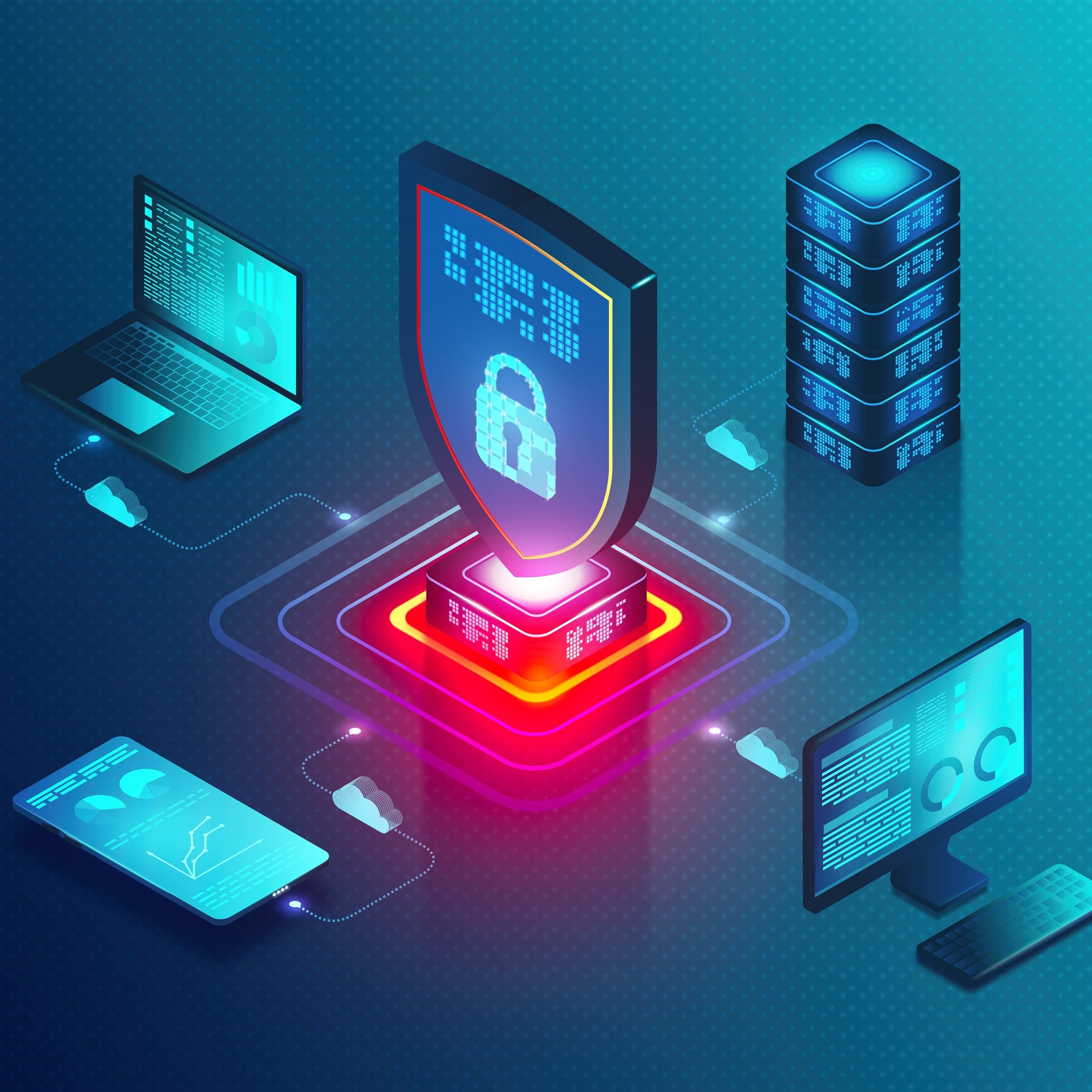
Do you want best-in-class EDR Security for endpoint devices used in your offices? Or do you want that plus protection for email, the cloud, and more? For Both EDR security and XDR security, we recommend and implement Microsoft Defender for Endpoint. With it, you can rest assured that everything from known cyber threats to advanced cyber-attacks is being addressed.
EDR, or Endpoint Detection and Response, is a crucial technology in today’s cybersecurity landscape—especially when you consider the increased usage of devices like laptops, desktops, and mobile phones.
With EDR, endpoints are continuously monitored. That means there’s always a watchful eye on what’s happening in your devices’ processes, network connections, and data transfers. It also means the PC Professional security team will have deep insight into endpoint behavior in your organization.
When Defender for Endpoint detects suspicious activity like anomalies, malware execution, suspicious file modifications, or unusual network communications, we use the information it provides to analyze the situation, pinpoint the threat source, and take action. We may need to isolate the infected device, stop malicious processes, roll back changes, or notify the emergency response team.
No matter what happens, you can be sure of one thing: With the combination of Microsoft Defender for Endpoint and PC Professional, your data will be protected.
Let us answer your questions about EDR solutions and EDR tools and show you how they can benefit your business today.

Cybersecurity might sound like a formality, or something you should do. However, when you learn about all the benefits for your business, it starts to feel like something you want to do.
Here are just a few of those EDR benefits:

This means Defender for Endpoint isn’t just waiting for threats to come knocking; it helps us to actively search for cyber threats so we can be ready for them. That means you can rest easy, knowing we’re always on the job, proactively protecting your data and devices from potential threats.

By providing real-time visibility and detailed insights, EDR helps our team react to threats quickly, minimizing their impact. For you, that means problems are solved before you’re even aware of them—and that’s the best way to minimize expensive downtime for your business.

EDR collects and analyzes data from across endpoints, creating a valuable knowledge base about attacker tactics and techniques. This helps our security team to stay ahead of evolving threats. For your business, that equals zero worries about security, and complete focus on day-to-day operations.
If your organization uses a significant number of endpoints, and if you handle sensitive data, the question of whether or not to add EDR cyber security should be a definitive “Yes!”

XDR, or Extended Detection and Response, is a cutting-edge security technology that takes cybersecurity incident detection and response to an even higher level than EDR security.
XDR unifies security data. While EDR focuses only on endpoints, XDR pulls data from multiple security tools across your entire IT infrastructure, including networks, cloud environments, email, firewalls, and security appliances. This allows us to uncover hidden threats that may otherwise evade detection.
While EDR is effective, XDR can connect dots that EDR simply isn’t equipped to connect. This is evident with its advanced threat detection, in which it correlates data from various sources to identify sophisticated attacks that involve lateral movement across your network, compromised credentials, or suspicious activity in cloud workloads.
At PC Professional, we have found that incident response is much faster, thanks to XDR’s centralized security data that’s analyzed by AI and machine-learning capabilities. The root cause is discovered quicker and decisive action can be taken to mitigate the damage.
Even better, automated incident response features enable you to deploy pre-defined actions like isolating infected devices or blocking malicious connections—which significantly reduces the need for human intervention (which can result in delays).
Let’s talk about XDR and how it might meet your cybersecurity needs today!
If you already have EDR security and you need more significant coverage, or if XDR is the right choice from the start, you can expect your employees, your clients, and management to experience these benefits, to name a few:
If your organization has a complex IT environment or a high vulnerability to cybersecurity threats, we suggest that you consider XDR, no matter the size of your business.

You can leave that to the experts at PC Professional. We’ll get to know your business, identify the biggest threats to your data, and prescribe the cybersecurity measures that precisely fit your needs.
You shouldn’t have to worry about how to keep your data safe. Let us take care of cybersecurity, so you can take care of your business. Contact us for more information today.

When it comes to EDR & XDR cyber security, there are so many questions to ask and answer. We’re going to provide answers to the most commonly asked ones here, but please reach out to us if we can provide any additional information.
EDR stands for Endpoint Detection and Response. It’s a powerful cybersecurity technology that helps organizations protect their computers, laptops, servers, and mobile devices from cyber threats. It helps IT security teams by collecting data, analyzing that data, reporting on findings, and learning to improve future detection accuracy.
XDR stands for Extended Detection and Response. It’s an evolution of EDR (Endpoint Detection and Response) and takes threat detection and response to a whole new level by bringing together data from various security tools across your entire IT infrastructure. It digests data from multiple sources, analyzes data with powerful algorithms, provides automated responses, and continually learns to improve intelligence.
Defender for Endpoint seamlessly integrates with Microsoft Cloud Services (that’s Microsoft 365, SharePoint, OneDrive, etc.), offers native integration with Azure, and leverages the power of Microsoft’s vast intelligence network. It hunts down threats automatically, it’s scalable, and is simple to deploy. These are just a few of the reasons PC Professional recommends Defender for Endpoint to our clients.